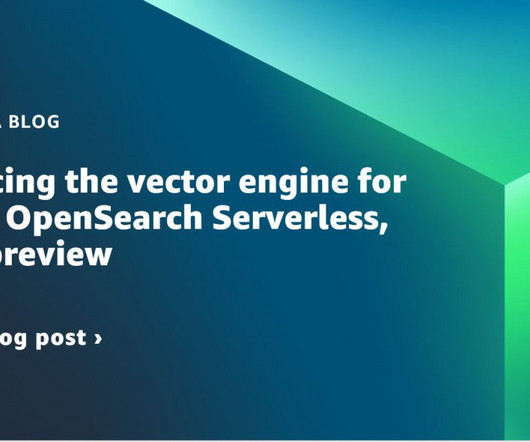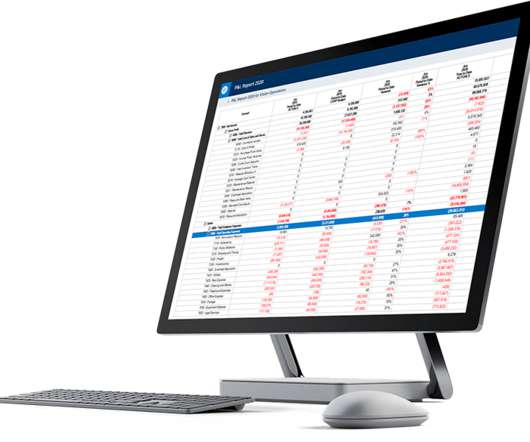How Amazon Devices scaled and optimized real-time demand and supply forecasts using serverless analytics
AWS Big Data
FEBRUARY 1, 2023
To further optimize and improve the developer velocity for our data consumers, we added Amazon DynamoDB as a metadata store for different data sources landing in the data lake. We used the same AWS Glue jobs to further transform and load the data into the required S3 bucket and a portion of extracted metadata into DynamoDB.














Let's personalize your content